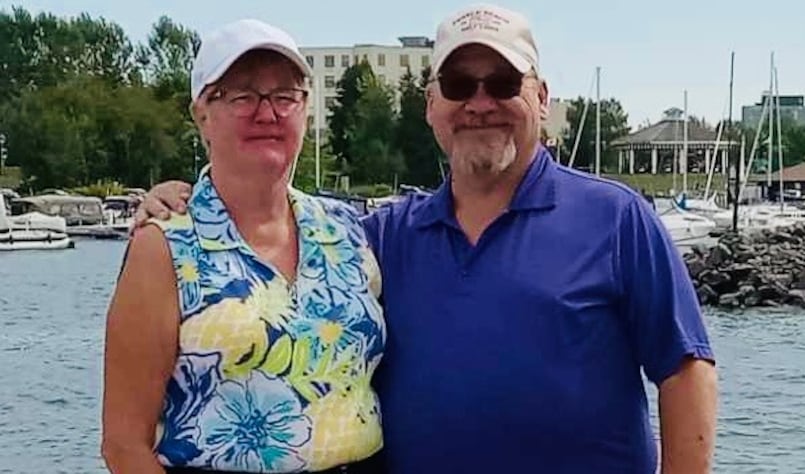
This article is more than
1 year oldNew theory on what caused infamous Titan sub implosion on way to Titanic wreck
There is a new theory as to what may have caused the infamous Titan submersible implosion. All five people on board were killed while attempting to view the Titanic wreck on the privately owned OceanGate sub in June last year.
The sub lost contact with its support ship less than two hours after entering the water and was missing for days before debris was found. There was a huge multinational search that gained intense worldwide interest.
Researchers from the University of Houston have now published a study in the Proceedings of the National Academy of Sciences that suggests “micro-buckling” may be one of the potential causes of the disaster.
The researchers studied how random imperfections can cause buckling-induced catastrophic failures on thin-walled structures.

One of the paper’s authors, Roberto Ballarini, told New York Post that while the study did not directly examine whether micro-buckling contributed to the Titan failure specifically, it studied vessels of similar shape and material.
“Buckling in the simplest explanation: you take a long spaghetti and you push on it with two fingers. What’s going to happen? It’s going to buckle essentially, it’s going to snap,” Dr Ballarini, who is also the university’s department chair of civil and environmental engineering, told the outlet.
“That’s what buckling is. It’s when you compress something and it deforms by a significant amount because it’s an instability.”
It is understood small imperfections on the Titan’s spherical shell could have become more damaged each time the sub made a trip to the Titanic wreck, providing a weak point for underwater pressure to congregate and ultimately collapse the thin walls of the vessel, NY Post reported.

Among those who died on the sub were OceanGate CEO Stockton Rush and Titanic expert Paul Henri ‘PH’ Nargeolet.The French explorer, 77, held the record of 37 manned submersible dives to the wreck site and was attempting his 38th dive when he died.
A special Titanic exhibition at Melbourne Museum this year paid tribute to Mr Nargeolet as many of the 200 real artefacts on display were recovered by him.
Known as ‘Mr Titanic’, Mr Nargeolet led the first recovery expedition to Titanic back in 1987 and raised the largest artefact ever recovered, a 15,400kg piece of hull, in 1998.
He was the director of underwater research for RMS Titanic, Inc., which is a company that owns the salvage rights to the shipwreck.
“All the dives I did, no one was the same, because we never saw the same thing. Each time was a new experience,” a quote concluding his tribute at the exhibition read.
Other passengers on board the doomed sub were British billionaire adventurer Hamish Harding, 58, British-Pakistani businessman Shahzada Dawood, 48, and his son Sulaiman Dawood, 19.
The expedition had a $US250,000 (about $379,000) price tag.




